Discover 9 hidden attractions, cool sights, and unusual things to do in Linlithgow (United Kingdom). Don't miss out on these must-see attractions: Linlithgow Palace, Blackness Castle, and Linlithgow Canal Centre. Also, be sure to include St Michael's Parish Church in your itinerary.
Below, you can find the list of the most amazing places you should visit in Linlithgow (Scotland).
Table of Contents
Linlithgow Palace

Ruins of Mary Queen of Scots' birthplace. The ruins of Linlithgow Palace are situated in the town of Linlithgow, West Lothian, Scotland, 15 miles west of Edinburgh. The palace was one of the principal residences of the monarchs of Scotland in the 15th and 16th centuries. Although maintained after Scotland's monarchs left for England in 1603, the palace was little used, and was burned out in 1746. It is now a visitor attraction in the care of Historic Environment Scotland.[1]
Address: 9 Kirkgate, EH49 7AL Linlithgow
Blackness Castle
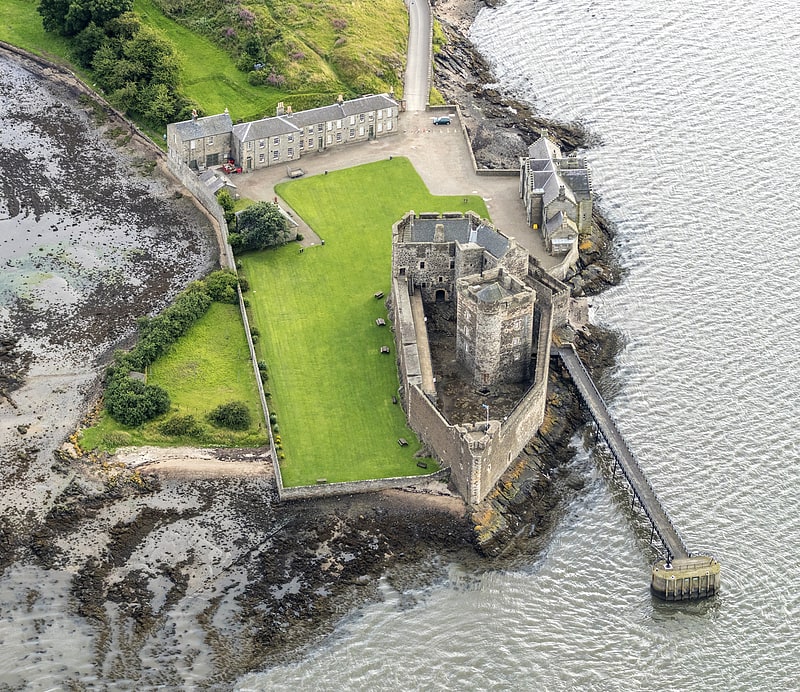
Ship-shaped castle from the 1400s. Blackness Castle is a 15th-century fortress, near the village of Blackness, Scotland, on the south shore of the Firth of Forth.
It was built, probably on the site of an earlier fort, by Sir George Crichton in the 1440s. At this time, Blackness was the main port serving the Royal Burgh of Linlithgow, one of the main residences of the Scottish monarch. The castle, together with the Crichton lands, passed to James II of Scotland in 1453, and the castle has been crown property ever since. It served as a state prison, holding such prisoners as Cardinal Beaton and the 6th Earl of Angus.
Strengthened by Sir James Hamilton of Finnart in the mid-16th century, the castle became one of the most advanced artillery fortifications of its time in Scotland. A century later, these defences were not enough to prevent Blackness falling to Oliver Cromwell's army in 1650. Some years after the siege, the castle was repaired, and again served as a prison and a minor garrison. In 1693, the spur protecting the gate was heightened, and the Stern Tower shortened as a base for three heavy guns. Barracks and officers' quarters were added in the 1870s, when the castle was used as an ammunition depot, until 1912. The castle was briefly reused by the army during World War I. It is now a Scheduled Ancient Monument, in the care of Historic Environment Scotland.
Because of its site, jutting into the Forth, and its long, narrow shape, the castle has been characterised as "the ship that never sailed". The north and south towers are often named "stem" and "stern", with the central tower called the "main mast".[2]
Linlithgow Canal Centre

Boat rental service in Linlithgow, Scotland. The Linlithgow Union Canal Society is a waterway society and a Scottish registered charity based at Linlithgow Canal Centre on the Union Canal at Linlithgow, West Lothian, Scotland. Also known as "LUCS", it was founded in 1975 by Melville Gray to "promote and encourage the restoration and use of the Union Canal, particularly in the vicinity of Linlithgow".[3]
Address: Manse Rd, EH49 6AJ Basin
St Michael's Parish Church
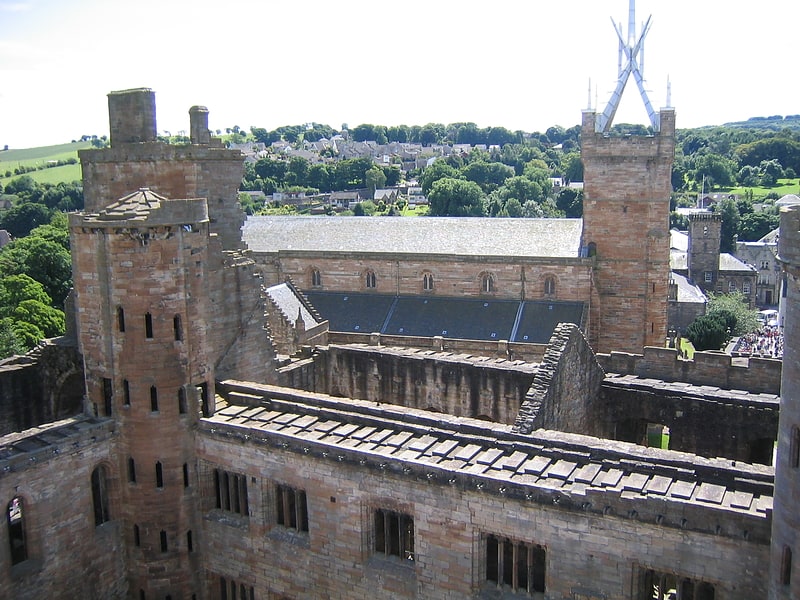
Presbyterian church in Linlithgow, Scotland. St. Michael's Parish Church is one of the largest burgh churches in the Church of Scotland. It is one of two parishes serving the West Lothian county town of Linlithgow, the other being St. Ninian's Craigmailen. St Michael is the town's patron saint; the town's motto is "St Michael is kinde to strangers".[4]
Address: Adjacent to Linlithgow Palace, Linlithgow
St Michael's Roman Catholic Church

Catholic church in Linlithgow, Scotland. St Michael's Roman Catholic Church, Linlithgow is situated in the historic town of Linlithgow. The present church is situated at the East end of the town near the Low Port. It is located beside the banks of Linlithgow loch and close to the old palace where Mary Queen of Scots was born. Next to the palace is the Parish Church of St Michael's the original seat of the Catholic Church prior to the reformation. This brief history chronicles the Catholic Church in Linlithgow from inception to the present day.[5]
Address: 53 Blackness Rd, EH49 7JA Linlithgow
House of the Binns
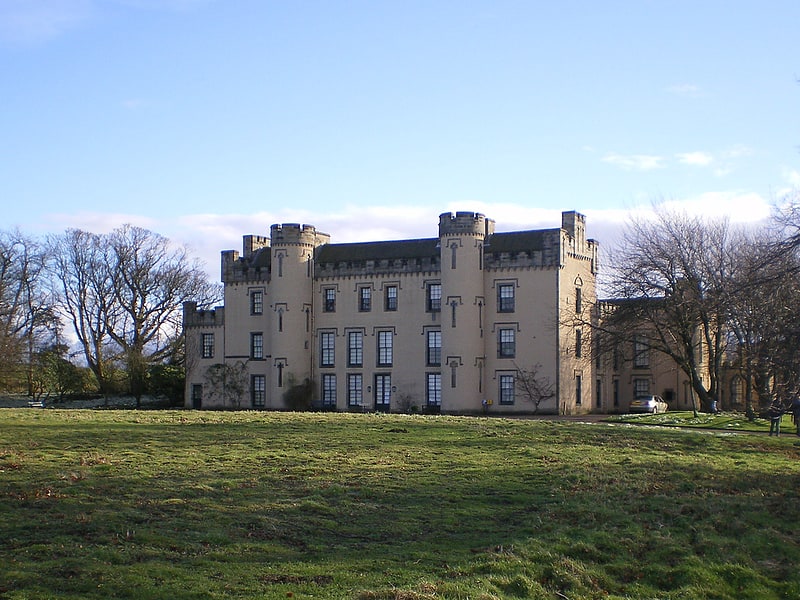
Museum in Scotland. The House of the Binns, or simply the Binns, is a historic house in West Lothian, Scotland, the seat of the Dalyell family. It dates from the early 17th century, and was the home of Tam Dalyell until his death in January 2017.
The estate spreads over two hills (bens in Gaelic) from which its name is derived, i.e. it is named "the house of the hills". It is set in 200 acres (80 hectares) of parkland, and the house enjoys panoramic views of central Scotland: to the north, across the River Forth to the Highlands, and south over the Pentland Hills. The house contains a collection of porcelain, furniture, and portraits which trace the family's lives and interests through the centuries.[6]
Linlithgow Loch
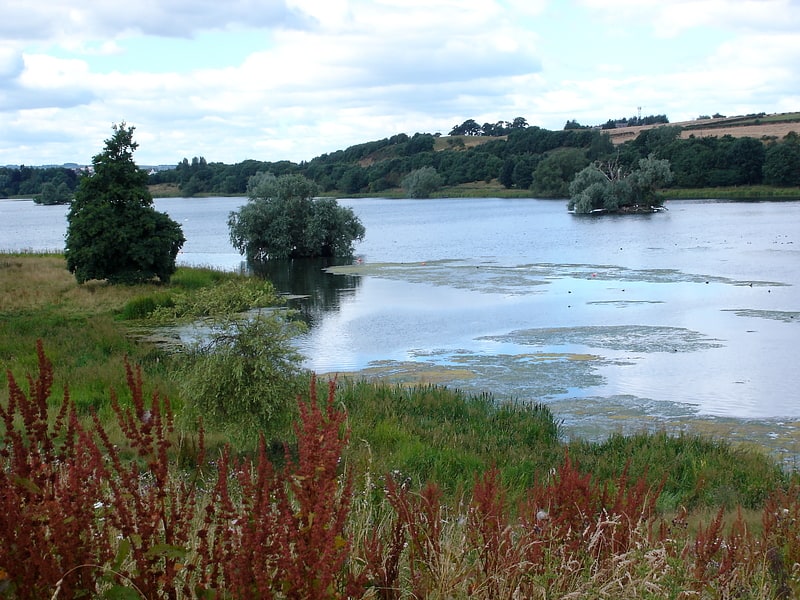
Loch in Scotland. Linlithgow Loch lies immediately north of the town of Linlithgow in West Lothian, Scotland. 1.3 kilometres in length and 0.4 in breadth, its area of 41 hectares makes it the largest natural freshwater loch in Lothian. It is, however, shallow, with a mean depth of 2.3 metres and a maximum depth of 9.2 metres. The loch is fed by four small streams, the Hatchery Burn, the Bonnytoun Burn, the Springfield Burn, and Bell's Burn, and drained by the Mill Burn on its western side, which eventually joins the Avon.
The loch is the source of the town of Linlithgow's name; the British llyn laith cau translates to "lake in the damp hollow". Two islets in the loch, Cormorant Island and the Rickle, are thought to be the 5,000 year old remains of crannogs.[7]
St Magdalene distillery
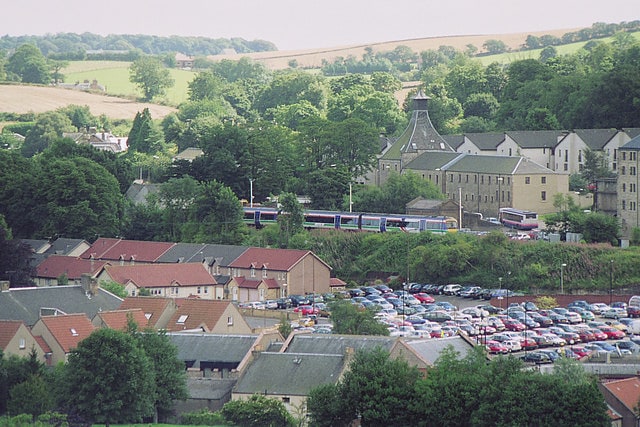
The St. Magdalene distillery was a producer of single malt Scotch whisky that operated between 1798 and 1983.[8]
Linlithgow Tennis

Address: Boghall, Edinburgh Road, Linlithgow